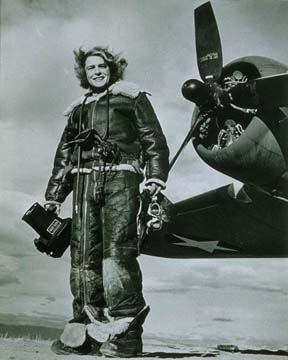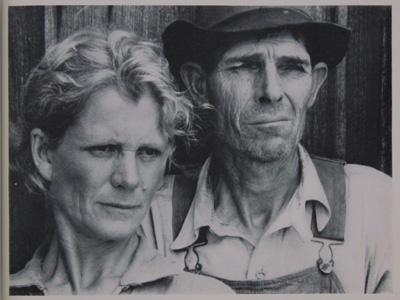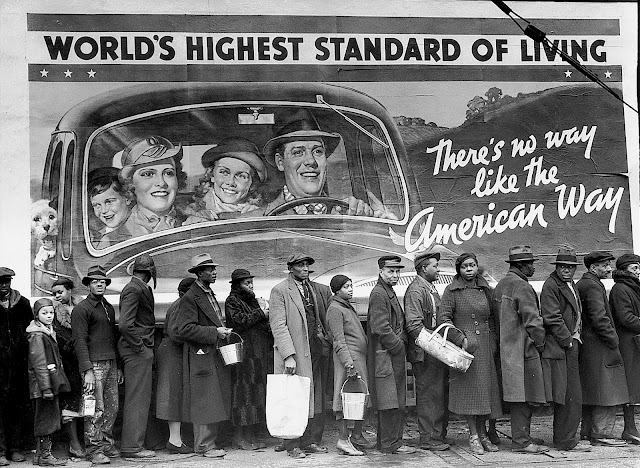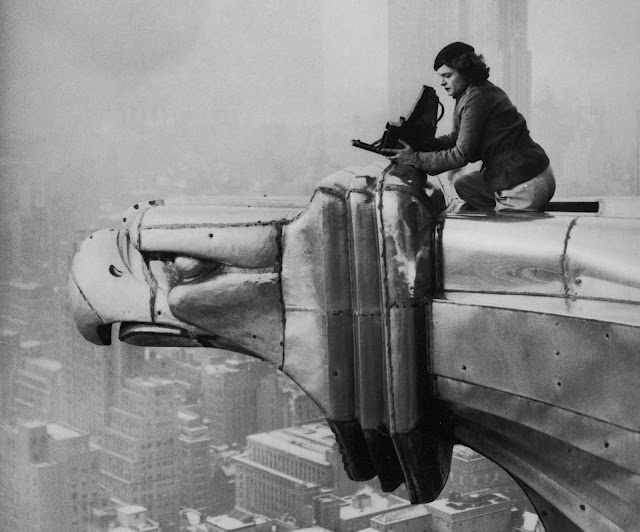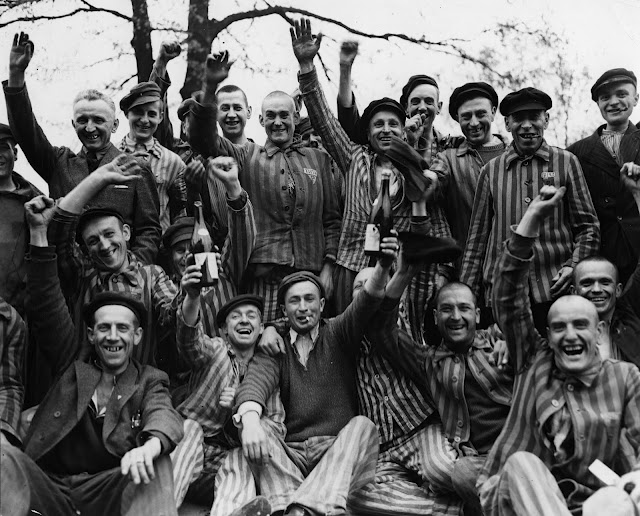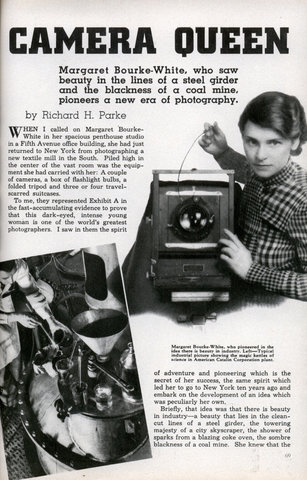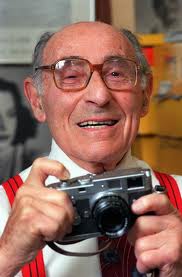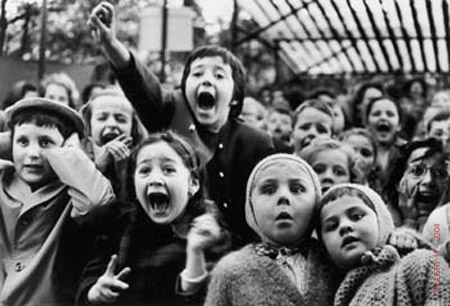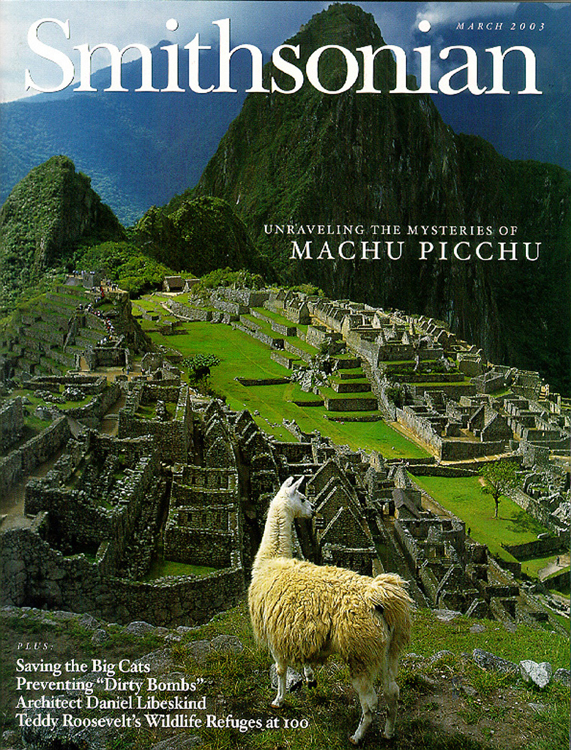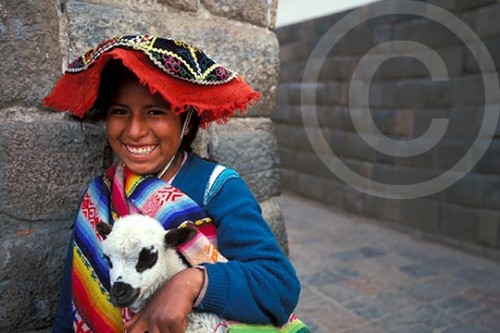THEN: WORLDS AWAY (Part Two)
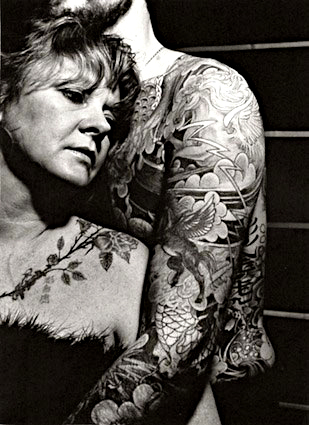
Tim and Cherie, 1985 ©Phillip Steven Cox, Silver Gelatin Print
September 1988: It’s the end of a hot, lazy summer day in Portland, and my insanely talented and artistic brother, Tim Green, and his ridiculously creative and eccentric wife (at the time), Cherie Hiser, have invited me over for dinner.
In no time the sweltering heat and the fine meal of artichokes, salmon, and sauteed mushrooms turn me into melted butter.
It is then, out of the blue, my sister-in-law says, “You know, I think you should go to Aspen and work for David Hiser.”
Cherie, ever-optimistic, and generous to a fault, often came up with ideas that were more likely to be found in made-for-TV-movies.
Her Aspen idea is no exception.
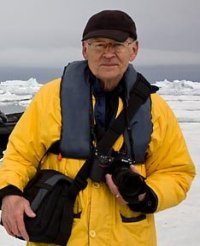
David Hiser in the Arctic, 2006
As I raise my eyebrows and shoot her a smirk of disbelief, she says, “No, I’m serious. You’ve worked your ass off paying your way through school. You should celebrate. And it would be a great experience for you to work as an intern for a National Geographic photographer and see what Aspen’s all about.”
Prior to marrying my brother Tim, a gold and platinumsmith jewelry designer and tattoo artist twenty years Cherie’s junior, Cherie had been married to David Hiser. The two had lived in Aspen in the 60’s, and both became photographers, starting the renowned Center of the Eye.
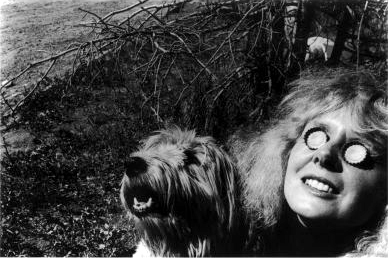
Birthday self-portrait of Cherie Hiser as Little Orphan Annie in Aspen, 1968 © Cherie Hiser

Cherie and Ansel Adams ©Cherie Hiser
While David and Cherie weren’t able to hold their relationship together in marriage, they still remained friends, and stayed in touch often.

David and Cherie Hiser in 1968 and 1993
“I’m going to call him,” she says to me as if there is no question about it.
A couple weeks later, as I’m getting ready for work at my bookstore job, making coffee in the tired kitchen of my college rental house, the phone rings. I can feel sparks of excitement coursing through the phone. Cherie laughs, then says in her silky voice, “Looks like you better start packing your bags. David says he’s interested in having you work for him.”
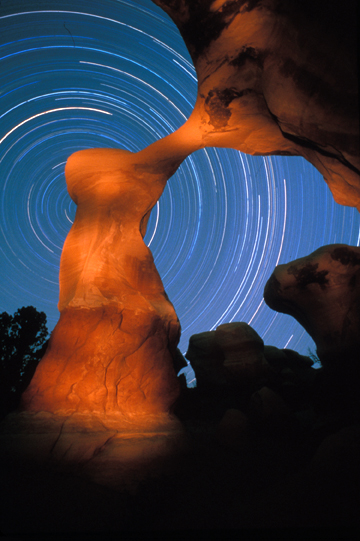
Star trails in Grand Staircase-Escalante National Monument, Grand Prismatic in Yellowstone National Park, Quetzal dancer in Mexico, Penan boy hunting with his blowpipe in Borneo, Rock Islands in Palau, Micronesia, Olympic National Park in Washington. All photos ©David Hiser
Oh my god, she was serious, I laugh to myself. I’d completely put it out of my mind, assuming it was just another one of her shoot-for-the-moon ideas. Cherie, who had one of the largest circle of friends and followers of anybody I knew, had a way of convincing people to do things they might not otherwise do.
I had no idea what she said to David to talk him into it, but as she rambled off the details of my Aspen adventure, it barely sank in: “In exchange for sweeping David’s floor and working in his studio, he’ll give you free housing for a month. You just need to get yourself there and have a little pocket money.
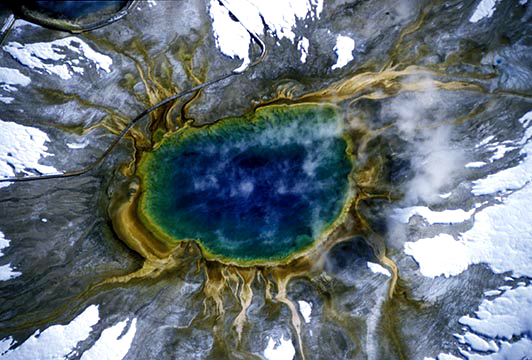
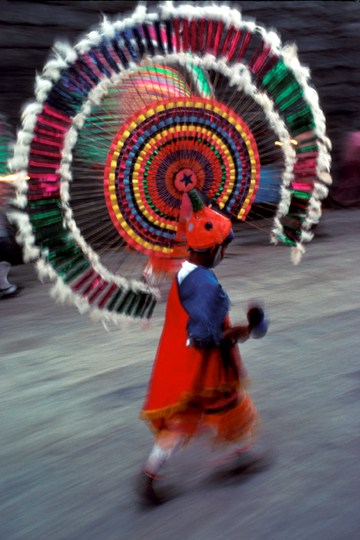

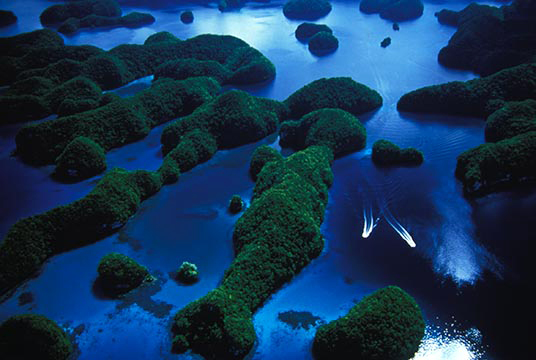

I don’t even know David, having only met him briefly once in Portland at a slide presentation he was giving at one of Cherie’s events. I also don’t know a soul in Aspen, nor do I know a thing about the town, except that it’s a ski resort high in the Colorado Rockies; it is completely off my radar.
I am itching for adventure though, so after scraping together enough money for a plane ticket, I give notice at work, convince my mom I won’t be axe-murdered, then pack my bags a month later and take off on my improbable journey to Aspen.
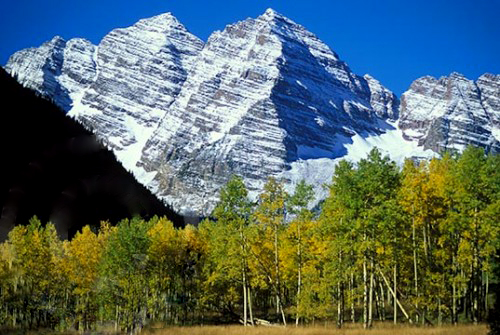
One of the first things that makes my heart pound when I arrive in Aspen: The Maroon Bells with fall colors. ©Jeffrey Aaronson
NOW: PAYING IT FORWARD
September 2011: When I think back to the sheer generosity afforded to me by David and Cherie Hiser, along with David’s girlfriend at the time, Barbara Bussell, when I was 22 years old, and the impact their kindness made on my life, I am nearly paralyzed with gratitude.
Without them, I never would have ventured to Aspen, I never would have fallen into the world of photography, and I never would have been swept away by the green-eyed, curly-headed guy I now call my husband. And without those things, undoubtedly my life would have been much less rich.
Though I’ve thanked the Hisers and Barbara over and over in my mind for the past two decades, I realize the verbal thank yous I gave them years ago do not remotely equate to the gratitude I hold deep inside.
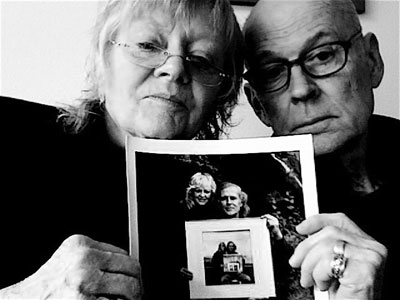
Cherie Hiser and David Hiser © 2010 Hiser and Hiser
But how do you adequately thank someone for making such a profound difference in your life? Words seem ridiculously inadequate.
I often tell my daughter that actions speak louder than words, and in the same vein, JFK once said, “As we express our gratitude, we must never forget that the highest appreciation is not to utter words, but to live by them.
I can think of no better way to show my appreciation to David, Cherie and Barbara, besides sending them another resounding thank you (THANK YOU!) than to “PAY IT FORWARD,” to make a difference in another person’s life like they did in mine.
While this may sound lofty or highfalutin, and frankly, much easier said than done, for me it has become a lifelong goal–something I try to plug away at every day. Whether it’s teaching my daughter the value of giving back and helping others, volunteering in our community, or getting involved in causes that are meaningful to me, opportunities pop up every day. Just like many of you, I try to do what I can, when I can, and hope in the end, what I do will eventually make a difference to somebody.
Fortunately, I’m surrounded by people who inspire me on a daily basis: from my friend Maggie Bahnson, who raises money for cancer research…to my friend Annie Trout, who teaches kids in Haiti via Skype…to my friend Sarah Chase Shaw, who is involved in numerous leadership roles in her community…to my friend Jamie Allison, who founded Moms in Motion, a fitness group for women…to my husband, Jeffrey, who donates his work to help fund projects like building schools in Cambodia or helping the earthquake and tsunami victims in Japan…to my friend Lynne Cage, who is involved in Lyme disease education…to my friend Rhonda Seiter, who is involved in numerous human rights causes…to my friend Kimberly Reeder, who works with children and motivates me to do things like feed the homeless. These are but a few of the people who light a fire in the inspiration department for me.
I’m not sure I’ll ever be able to fill David’s, Cherie’s or Barbara’s big shoes, making a life-changing difference in somebody’s world, but it is one challenge I gratefully accept.

The love of my life, Olivia, age 6, raising money for the earthquake victims in 2010.
QUESTION: I would love to know how gratitude has played a part in your lives. Hearing other peoples’ stories always inspires me, and I’m sure it will spark somebody else’s imagination as well. I hope you’ll share your thoughts:
1) What is the best THANK YOU you ever received?
2) What type of THANK YOU are you most proud of having given somebody?
3) How do you “PAY IT FORWARD?”
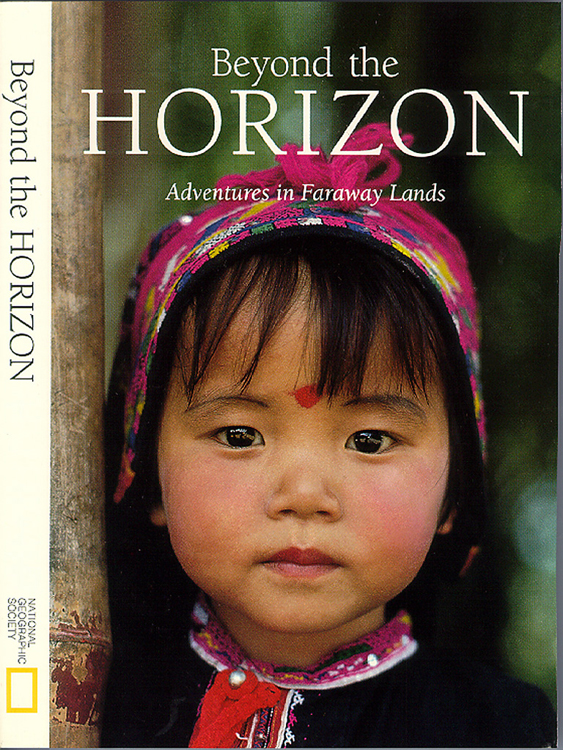 Behind the Scenes: The year is 1990 and Jeffrey Aaronson is photographing on assignment for the National Geographic Society in one of the most remote areas in the world: Muli, China.
Behind the Scenes: The year is 1990 and Jeffrey Aaronson is photographing on assignment for the National Geographic Society in one of the most remote areas in the world: Muli, China. 

